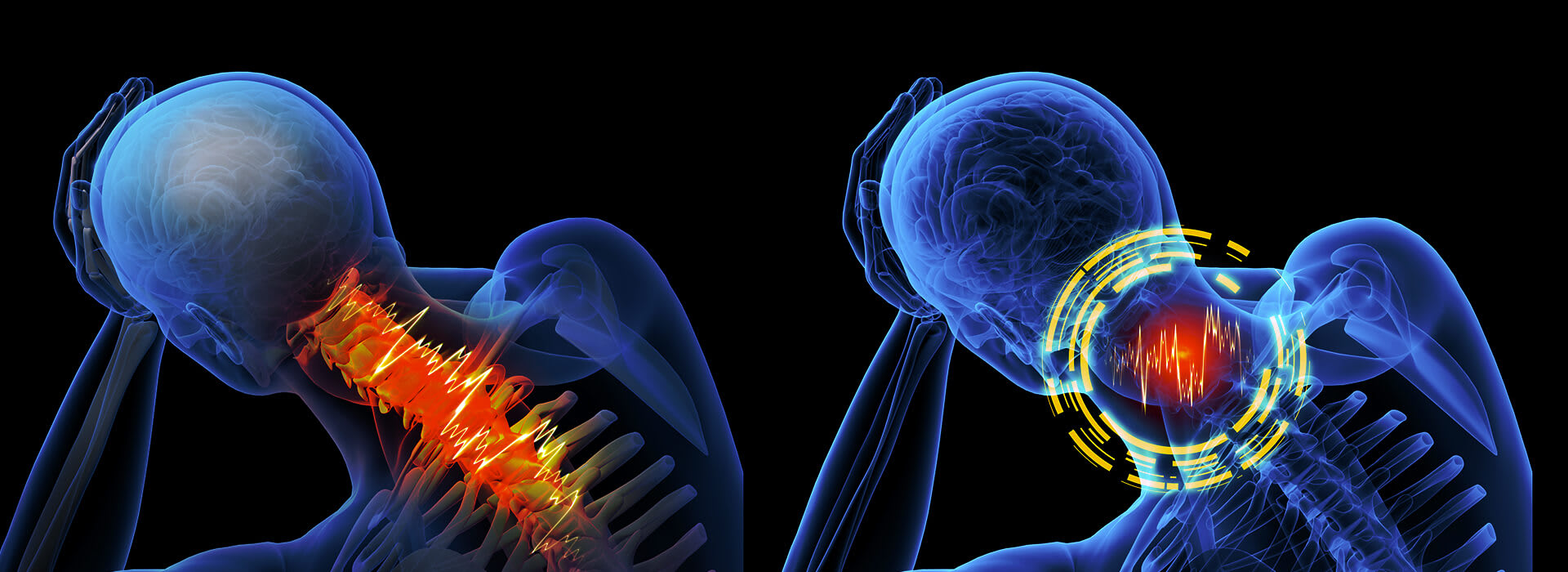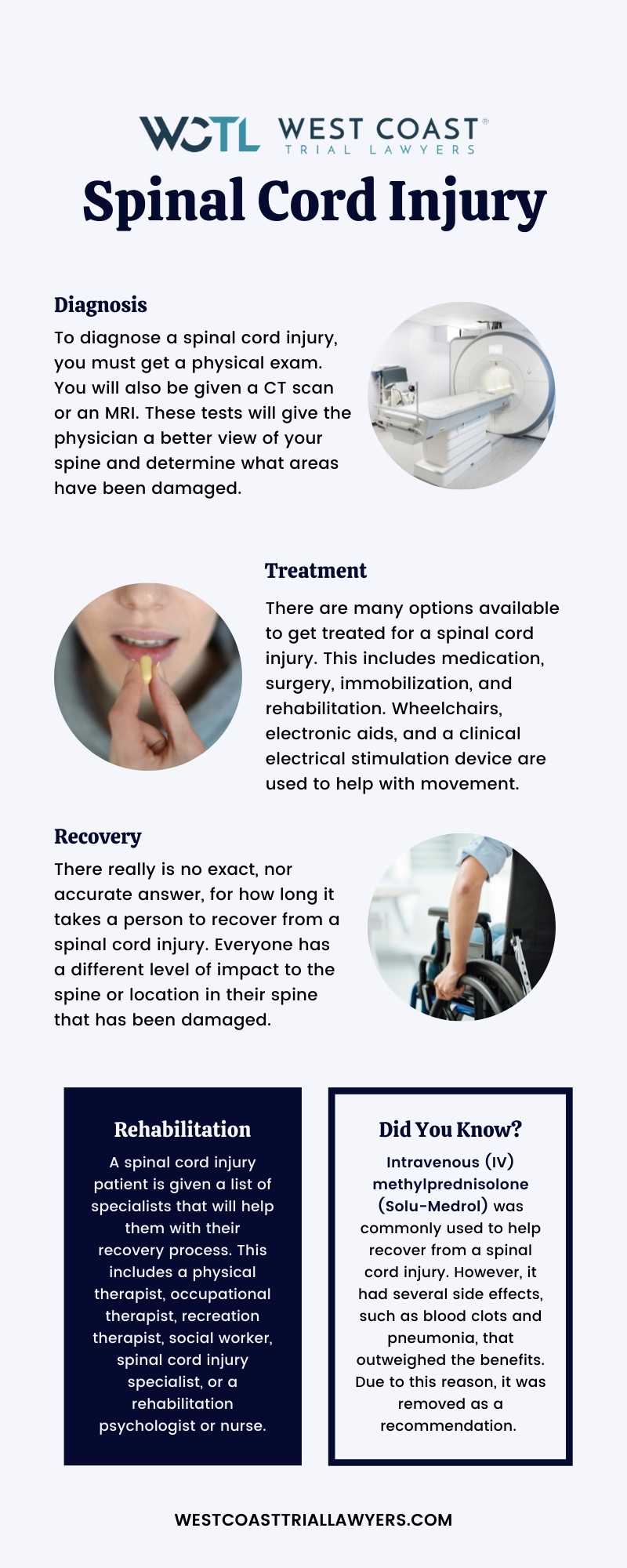
Spinal Cord Injury, Treatment, and Recovery
What Treatment Options Are Given for a Spinal Cord Injury? How Long Is the Recovery Process?
Spinal cord injuries are caused by physical damage resulting in trauma, loss of normal blood supply, or compression due to a tumor or infection. The spine is a sensitive area, especially when it endures an injury. Compared to other parts of the body, the spinal cord does not heal once it has been damaged.
If your spinal cord injury was caused by the negligence of another party, you may be eligible to file a personal injury lawsuit for damages. At West Coast Trial Lawyers, our qualified spinal cord injury attorneys are readily available to assist victims of personal injury. We will help strengthen your claim and negotiate with insurance companies to get you the justice and compensation you deserve.
To schedule a free consultation, please contact our 24/7 legal team by calling 213-927-3700 or filling out our quick contact form.
Diagnosis

To diagnose a spinal cord injury, you must get a physical exam. In this exam, you will be tested on your sensitivity to touch for the doctor to see whether your arms and legs are still healthy. Furthermore, they will determine if you still have any muscle reflexes or strength. You may be asked to wear a cervical collar for immobilization purposes.
The next step of a diagnosis is to get an X-ray on either your neck or back area. This will help the doctor figure out if your vertebrae are dislocated or fractured. However, there is still a chance of a spinal cord injury without having any damage done to the vertebrae. X-rays may also show if you have a tumor, infection, or intense arthritis.
The final step is to take a computed tomography (CT) scan. This will give the doctor a better view of your vertebrae. Generally, CT scans have greater visuals compared to what X-rays have to offer. Magnetic resonance imaging (MRI) scan is also another option to consider. This is an advanced approach to identifying a spinal cord injury. MRI excels at finding damage in soft tissues, such as the nerves, ligaments, intervertebral discs, and spinal cord.
Treatment
Once the doctor confirms that you have a spinal cord injury, they will give you recommendations on what treatments you should take to help you during your recovery. Currently, researchers are working on finding new treatments and medicine to offer better-lasting effects. As of now, there are still many options available to treat a spinal cord injury. This includes:
- Medication. There are many drugs available to help treat a spinal cord injury patient. This includes muscle relaxants, antidepressants, painkillers, non-steroidal anti-inflammatory drugs, or gabapentin.
- Surgery. This is a necessary route to take for doctors to remove bone fragments, fractured vertebrae, or herniated disks. After surgery, the patient is expected to feel less pain from the injury.
- Immobilization. You will need to have your spine stabilized after injuring it. This will help align it properly. There are various objects or furniture that could help with this process. Neck braces and beds designed for immobilization are examples of commonly used equipment that are made to improve a spinal cord injury.
- Rehabilitation. Throughout your recovery stage, you will have a rehabilitation team helping you. This includes having a physical therapist, occupational therapist, recreation therapist, social worker, spinal cord injury specialist, or a rehabilitation psychologist or nurse. Therapists will focus on making your muscles stronger and enhancing your motor skills to help you perform day-to-day activities.
- Technology. There are different types of technology and equipment that help people by giving them more mobility and independence. This includes:
- Standard wheelchairs or electric wheelchairs. These will make mobility easier for those suffering from a spinal cord injury. Depending on an individual’s preference or circumstance, they may choose either type of wheelchair that suits their needs.
- Electronic aids. Instead of individuals physically having to move around to perform certain activities, they use voice-controlled and computer-based systems. This makes it more convenient for them to complete their tasks.
- Clinical electrical stimulation (CES) device. This device will control the individual’s arm and leg muscles to help with walking, standing, gripping or reaching.
Recovery
Recovery generally starts after a week or six months from the initial date of the spinal cord injury. Some may start noticing results one to two years later. There really is no exact, nor accurate answer, for how long it takes a person to recover from a spinal cord injury. Everyone has a different level of impact to the spine or location in their spine that has been damaged.
Contact Us
If you are a victim of spinal cord injury due to another individual’s negligence, West Coast Trial Lawyers has certified spinal cord injury attorneys with over 60 years of collective legal experience in handling personal injury cases. We will help you recover economic and non-economic damages. This includes medical expenses, emotional distress, lost wages, pain and suffering, and more.
No fees will be charged until your case has been settled. We offer a free, no-obligation consultation with the attorneys at our firm. Reach out to our 24/7 legal team by calling 213-927-3700 or filling out our quick contact form.



